Photo by Peter Essick
Boats going through an algae bloom on Lake Erie near Toledo, Ohio. The Great Lakes Commission wants to slash the amount of phosphorus flowing into Lake Erie, the source of toxic algae outbreaks and the reason the city of Toledo lost its drinking water for two days this past summer.
Toxic algae near Toledo a wake-up call
By Dan Egan of the Journal Sentinel
The Great Lakes Commission wants to slash the amount of phosphorus flowing into Lake Erie, the source of toxic algae outbreaks and the reason the city of Toledo lost its drinking water for two days this past summer.
The commission, appointed by the region's governors and legislatures to provide coordinated economic and environmental policies, said this week that it is seeking a 40% reduction of the lake's annual load of phosphorus, a powerful nutrient that is fueling algae breaks on the smallest but most fish-filled Great Lake.
That is the amount already targeted by the International Joint Commission, which oversees U.S. and Canadian boundary waters issues.
Phosphorus is flowing into Lake Erie from city sewage plants, industries and suburban lawns and streets, but the largest single source is by far runoff from farm fields.
Lake Erie and the other Great Lakes suffered from algae outbreaks in the 1960s and 1970s, but the federal Clean Water Act largely solved that problem by the mid-1980s by restricting the amount of phosphorus cities and industries could discharge.
That landmark water law, however, was not designed to address agriculture runoff.
Efforts to control agricultural pollution sources have so far been largely dependent on voluntary cooperation from farmers, and contingent on government funds to pay them to take measures to stanch the flow of runoff from their fields.
It has not been cheap — the Great Lakes Commission noted that billions of dollars have been pumped into such programs in recent years, but the problem appears to be getting worse, as evidenced by the temporary loss in August of a public water supply for nearly half a million people.
The Great Lakes Commission says it's time to re-evaluate those voluntary programs.
"The next step is to examine and refine existing regulatory and non-regulatory programs and design new approaches, where necessary, to meet the load reduction targets," states a news release issued Tuesday by the commission.
Commissioner Jim Zehringer, director of the Ohio Department of Natural Resources, said, "We need to make sure that those programs are sustainable and that they are targeted at the most effective practices on the highest priority watersheds."
The commission includes a number of prominent government officials. It can focus attention on the issue, but phosphorus reductions could only be forced by state government or the federal government.
Toxic algae and other noxious algae outbreaks have been a problem in pockets across the Great Lakes region for years, but the Toledo crisis this summer was a landmark moment, the commissioners said.
"When the sustainability of our safe drinking water is threatened, the matters of protecting water quality take on a new urgency," said Kelly Burch, chairman of the commission, and executive director of oil and gas operations for the Pennsylvania Department of Environmental Protection.
